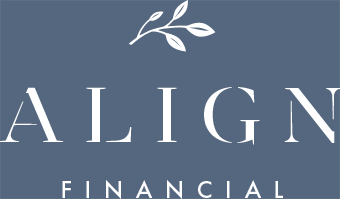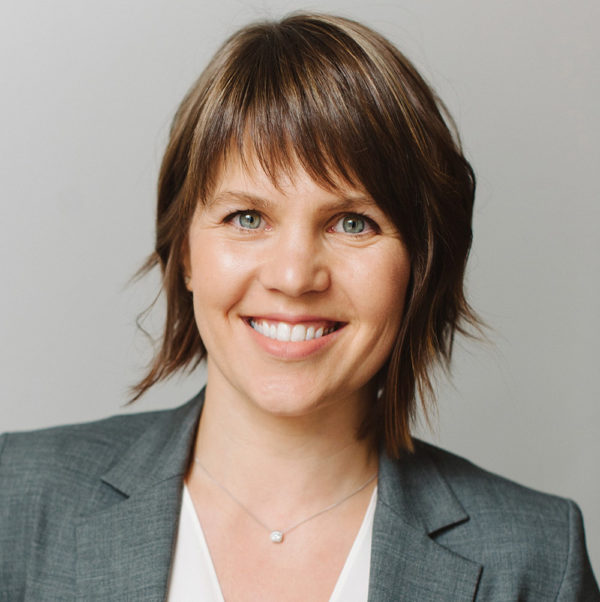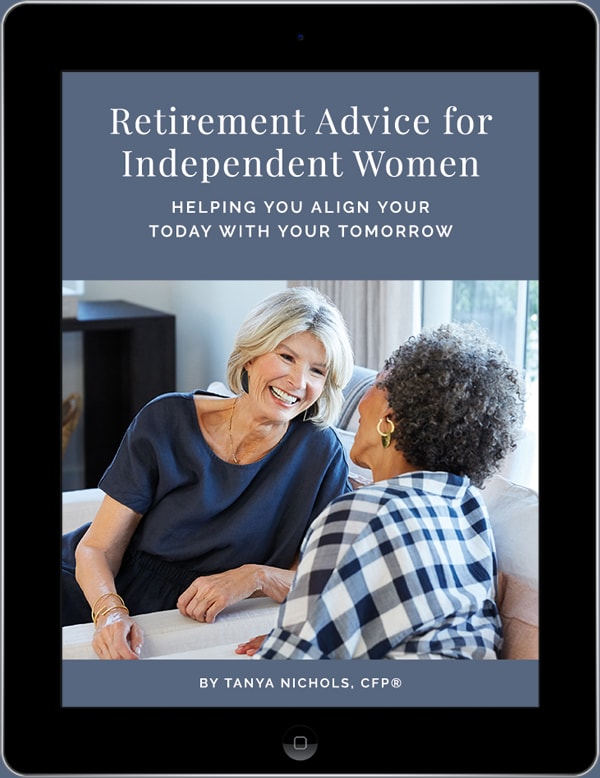Spending more time with your grandchildren. Taking that trip to the Grand Canyon you’ve been talking about for years. Sleeping past 7:00 a.m. on a Monday. There are plenty of perks to retiring early. But retiring before age 65 also comes with a few hassles, one of which is dealing with the health insurance marketplace.
You’re in a unique situation. Often times, you can’t use your employer-sponsored health insurance now that you’re retiring, but you can’t enrol in Medicare until age 65. So you have no choice but to navigate the marketplace.
It’s a prospect that can seem overwhelming, especially amidst the mental and emotional struggles that leaving the workforce can often present. But just as it will be important for you to find your purpose in this next stage of life, it’s also important to make the right decision with your health insurance. Because as hard as it can be to consider, we will all need to rely on it sooner or later.
The good news is that enrolling through the health insurance marketplace isn’t as scary as you might think. Once you know how it works, the process is more than manageable. Then you can turn your focus back to planning that dream trip of yours, or chasing your grandchildren around the yard.
The Basics of the Health Insurance Marketplace
The health insurance marketplace is where you can go to get qualified health plans (QHPs), which are plans that meet the guidelines set by the Affordable Care Act.
Individual marketplaces vary from state to state. For example, Minnesota’s marketplace is MNsure, whereas its neighbor Wisconsin uses the federal marketplace set by the federal government, which is Healthcare.gov.
When Can You Enroll for Health Insurance?
Now you know which website to visit to sign up for health insurance, the next question usually becomes, when can you enrol?
Typically, you need to enrol during the Open Enrolment Period, which is usually November 1st through December 15th. If you live in a state with its own health insurance marketplace, there may be different rules.
These marketplaces can follow the same Open Enrolment guidelines as the federal marketplace, but they’re also able to extend the Open Enrolment Period past December 15th. For example, in 2019, MNsure’s Open Enrolment Period lasted until January 13th.
But life doesn’t work around the marketplace’s timeline. What if you plan to retire in spring or summer? No worries—all is not lost.
Plenty of people go through big life events that affect their healthcare coverage, such as marriage, divorce, or moving to a new address. The government refers to these big life moments as “qualifying life events.”
One of the most common qualifying life events is losing your health insurance coverage, which is exactly what happens when you retire before age 65. Qualifying life events allow you a 60-day Special Enrolment Period to apply and enrol in a plan through a health insurance marketplace.
How Do You Qualify for Assistance?
Having healthcare is fantastic if you get strep throat or break your leg. But paying for it every month can really take a toll on your finances. Thankfully, many people qualify for assistance in the form of tax credits in paying for healthcare.
Think you have too much money and there’s no way you would qualify? You might be surprised.
Many retirees still qualify for tax credits because the application is based on income, not assets. And depending on your financial situation, some retirees can be in a position of controlling how much income they have each year with smart planning. So some people have very large investment accounts, but still only pay a few hundred dollars a month for health insurance because they are under the income requirement!
Do you qualify for assistance or the advance premium tax credits? The answer depends on two main factors: the number of people in your household and your annual taxable income. For a household of one in 2020, your taxable income must be $49,960 or less to qualify for any assistance. For a household of two, you must earn $67,640 or less. If you want help determining whether you qualify, use this comparison tool with MNsure.
You’re probably thinking, “A discount on health insurance—cool! How much?” The only sure way to determine how much you qualify for is by completing an application for assistance.
If you qualify, you may be able to receive an advanced premium tax credit, which can reduce your monthly premium. For example, if your monthly premium is $500 but you qualify for a $200 tax credit, now you only have to pay $300 per month.
Before enrolling, one of the best things you can do is compare a prospective plan on the marketplace to your current coverage (if you have it). This way, you can hopefully avoid losing benefits like a lower deductible or prescription drug coverage.
Still wondering how certain aspects of the health insurance marketplace and assistance work? Reach out to our insurance professional at Benes Insurance directly. Linus will be happy to answer your questions! You can also contact us and we’ll be happy to refer you.













